Gold is one of the most precious metals and has been used to make jewellery, coins and interior decoration elements for a very long time. It is a relatively soft metal, making it easy to achieve desired shapes using appropriate processing methods. Gold is also resistant to corrosion and chemicals. Only aqua regia (Latin for royal water), i.e. a mixture of nitric and sulfuric acids, can permanently damage gold.
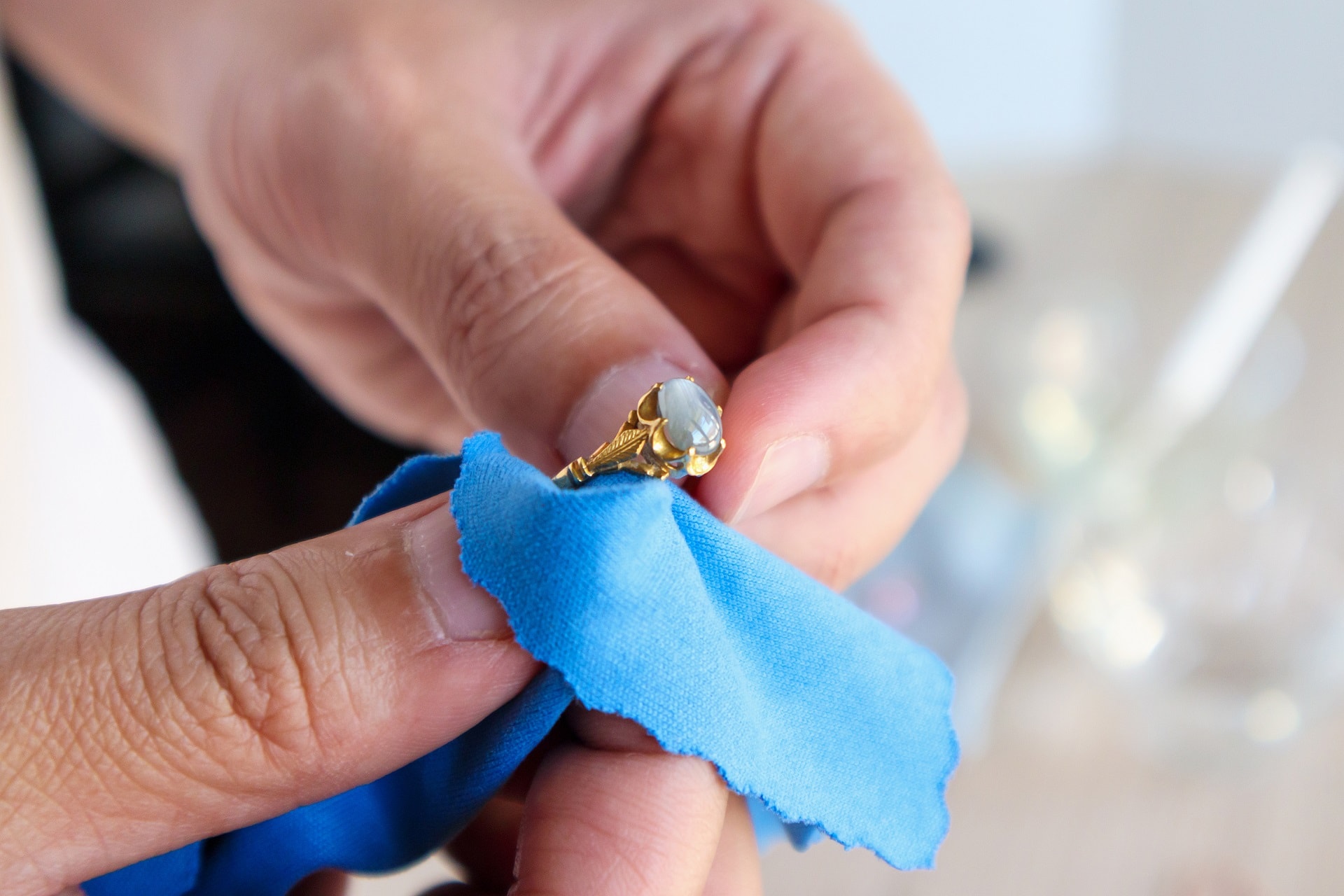
Gold is one of the most precious metals and has been used to make jewellery, coins and interior decoration elements for a very long time. It is a relatively soft metal, making it easy to achieve desired shapes using appropriate processing methods. Gold is also resistant to corrosion and chemicals. Only aqua regia (Latin for royal water), i.e. a mixture of nitric and sulfuric acids, can permanently damage gold.
Gold is also a symbol of something luxury and expensive, due to its very high price. In order to lower the production costs of various types of gold elements, it is often combined with other metals, such as iron, silver, aluminium or copper. In this case, the physical and chemical properties will also change, which can result in it changing colour in a reaction with cosmetics or, for example, various atmospheric factors. Tarnished gold can be cleaned at a jeweller, but you can also do it yourself. Follow our advice if you want to learn how to clean gold at home.
How to clean gold
Cleaning gold at home is simple and easy. However, in order to avoid damaging valuable memorabilia or jewellery, you should stick to a few basic rules. The most important one is not to use anything hard when cleaning the surface. As already mentioned, gold is a soft metal and therefore can easily be deformed.
So in order to minimise the risk of scratching, we recommend using cotton or flannel cloths, due to their delicate structure. But what should you do if the dirt is in places difficult to reach? The easiest method is to use a standard toothbrush, although remember to choose one with soft bristles. Children’s toothbrushes are a good option here.
How to clean white gold
The process is slightly different in the case of white gold, which is even softer than standard gold. Jewellery experts even recommend keeping white gold jewellery separately. This is to avoid any potential damage that could occur in the event of contact with other metals.
So what is the best way to clean white gold? You definitely shouldn’t use a brush, only delicate cloths made of soft material, such as flannel or cotton. You can also use a very delicate sponge, but remember not to rub it too hard, just enough to polish the gold. Soaking the tarnished gold item in a mixture of water and ammonia is usually the only method recommended by experts. Of course, special liquid designated for cleaning gold will also do the trick.
How to clean gold at home
Using ultrasonic cleaners has become a popular alternative to using professional jewellery services, as such equipment is now widely available for home use. Using the principle of cavitation, they are a very effective method of cleaning gold. However, if you don’t want to spend money on expensive specialised equipment, check out our other recommended methods of cleaning gold at home.
The first one uses standard washing up liquid, which can be found in every household. Mix the washing up liquid with baking soda (about half a teaspoon) and warm water. Then soak the gold item you want to clean in the mixture for about half an hour. Using a toothbrush with soft bristles, thoroughly but very gently clean the entire surface. To finish off, simply rinse the gold under running water and wipe it with a cotton cloth. In order to obtain a bright shine, polish the surface with a piece of flannel.
Our second suggestion is to use baking powder. You could also use baking soda instead. Whichever of these ingredients you choose, prepare a sort of paste by mixing the powder with an appropriate amount of water. The desired ratio in this case is 1: 1 (we recommend using 1 tablespoon of each ingredient). Gently rub the gold item you are cleaning with the prepared mixture, then rinse it under running water and carefully wipe it dry.
The third method is best in the case of light stains resulting from grease, or a light film coating. In such cases all you need to clean your gold is soap and water. As with the method using washing up liquid, place the gold items in the mixture for a short while, and then take them out for thorough cleaning, drying and polishing.
Yet another popular gold cleaner is lemon juice. Carefully rub your dirty gold items with pieces of sliced lemon, then put them aside in a safe place for a few hours. When ready, rinse them thoroughly (under running water will be fine), and polish them in order to obtain a shiny finish.
Using vinegar instead of lemon juice will have a similar effect. The difference, however, is that the vinegar should be rubbed in with a soft cloth. The next steps are exactly the same – put your gold items aside for a few hours, rinse them and then polish them to a shine.
The last method on our list is using a mix of citric acid, baking soda and water. Soak a cloth in the obtained liquid, and use it to clean the tarnished gold items. Then all you have to do is wait a few minutes before you rinse them under running water and polish them, and they should look like new.
So there you have it – a choice of simple and easy methods to clean your gold at home, including the right material for wiping, drying and polishing, so as to minimise the risk of damage. However, if despite your efforts, the above methods do not fully do the trick, you can always go to a jeweller and get your gold professionally cleaned using ultrasonic cleaning.
Cleaning gold jewellery
The most common gold items are of course jewellery. Cleaning jewellery can be somewhat more of a challenge, especially in the case of more stubborn stains or film. Gold jewellery items such as rings very often have precious stones as decorative elements, which can easily be damaged when cleaned at home using basic and simple methods. Before we discuss recommended cleaning methods for such items, let’s look at a few tips on how to limit how often you need to clean your gold jewellery.
Start off with remembering to remove all jewellery items when doing household chores, such as cleaning. This applies in particular to gold jewellery worn on your hands, but to be on the safe side we would recommend taking off any gold jewellery you are wearing, so as not to expose them to irreversible damage such as scratches, cracks or deformations. Chemical reactions caused by certain detergents could also damage your jewellery.
Correct storing of your jewellery is also important, and we would recommend keeping it wrapped in a cloth and sealed in airtight bags. This will ensure that you almost completely eliminate the risk of air and moisture effecting the colour of the gold. By sticking to these tips, you will significantly reduce the frequency of required cleaning and keep your jewellery in good condition for longer. However, from time to time, or whenever necessary, you can always take your jewellery to be professionally cleaned with ultrasonic cleaning, or use the home cleaning methods mentioned above.
How to clean a gold chain
The most effective method of cleaning a gold chain is to use washing up liquid. Pour sparkling water into a bowl (make sure it does not contain sodium), and then add a few drops of kitchen detergent. Note that using too much washing up liquid can leave a residue on the surface of your gold chain, so a few drops is absolutely enough.
Soak the chain in the bowl of water with washing up liquid for a few minutes, and then clean it with a soft cloth, or a soft-bristled toothbrush. After rinsing it under running water, wipe it dry and then polish it. If the tarnish is too stubborn and the water with washing up liquid alone is not enough, try adding a tablespoon of spirit. This should help get rid of the most stubborn stains on the surface.
How to clean gold earrings
Gold earrings are another very popular element of jewellery, and come in all kinds of different shapes and sizes. They are often decorated with precious stones. However, if this is not the case, you can use the same methods for cleaning gold at home as discussed earlier. The best method for cleaning gold earrings depends on how dirty the surface of the gold is.
How to clean a gold ring
The same advice as above applies also to gold rings. As in the case of earrings, rings are also often decorated with precious stones. The only difference is usually in the extent to which they need cleaning. Rings have much more contact with various objects during everyday activities. Depending on how tarnished the gold is, and how much this has affected it’s colour, choose the best method of cleaning.
How to clean gold decorated with precious stones
You already know how to clean earrings. You also know what to use to clean a gold ring, as well as other jewellery items made of gold. But how should you clean gold decorated with precious stones? Here there is one “golden” rule, no pun intended! Such items of jewellery cannot be soaked in water with detergents, as this could damage the decorative elements. Rinsing under running water or using a brush is also not recommended.
The perfect way to do this is use a wet cloth soaked in water with washing up liquid. Very gently rub the tarnished gold with the soaked cloth. Then, with a cloth soaked only in warm water, remove the remains of washing up liquid, and wipe it dry.
How to clean gold at home – summary
Gold is a precious metal often used in the production of not only jewellery, but also various decorative items. It is also used to mint coins. Gold items can therefore be found in virtually every home. Although gold is very valuable, it is also extremely susceptible to tarnish and damage, especially during maintenance. But if you follow our advice and the tips above, you should manage to keep your gold in pristine condition.
If you found this guide useful, then also check out our guide on how to clean silver.

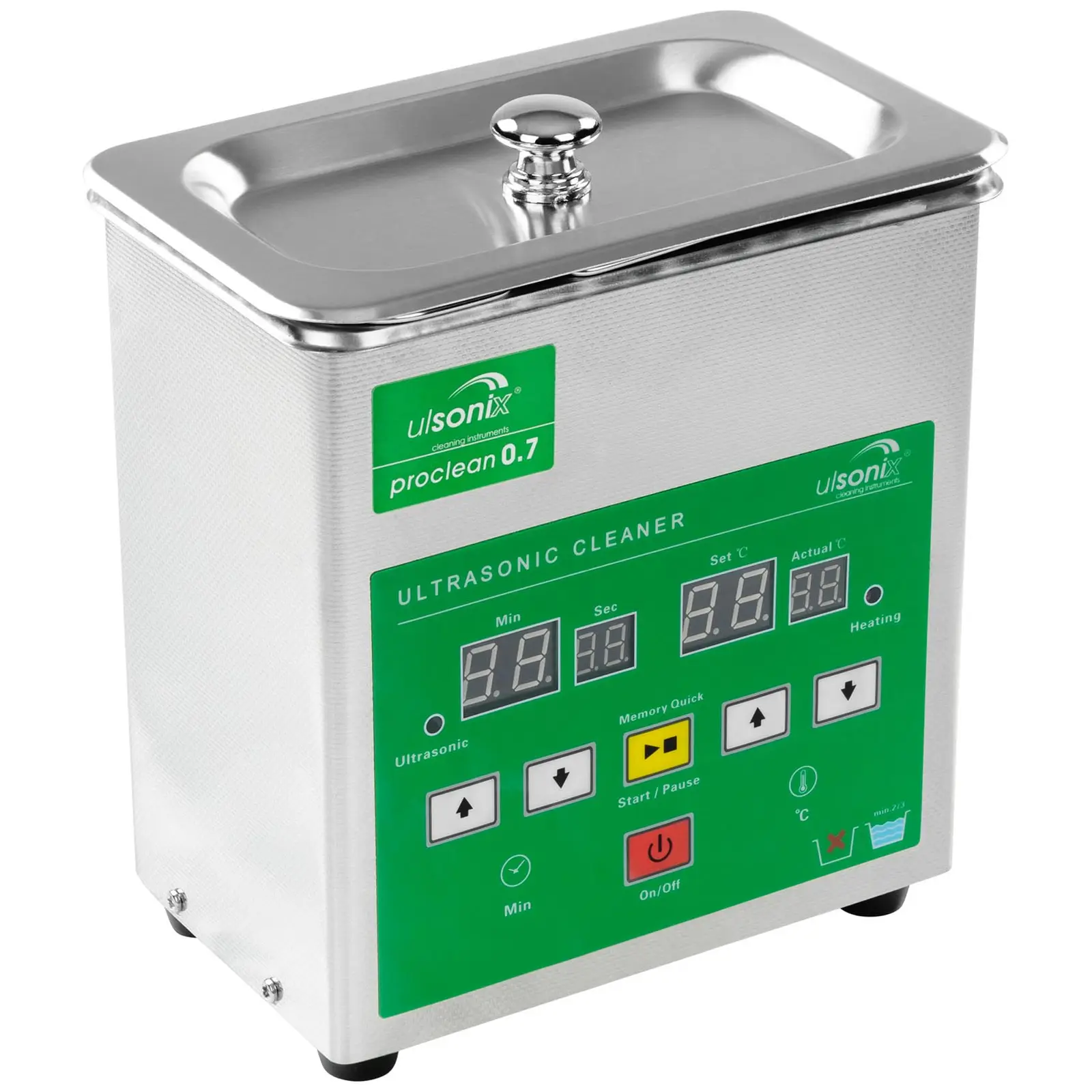
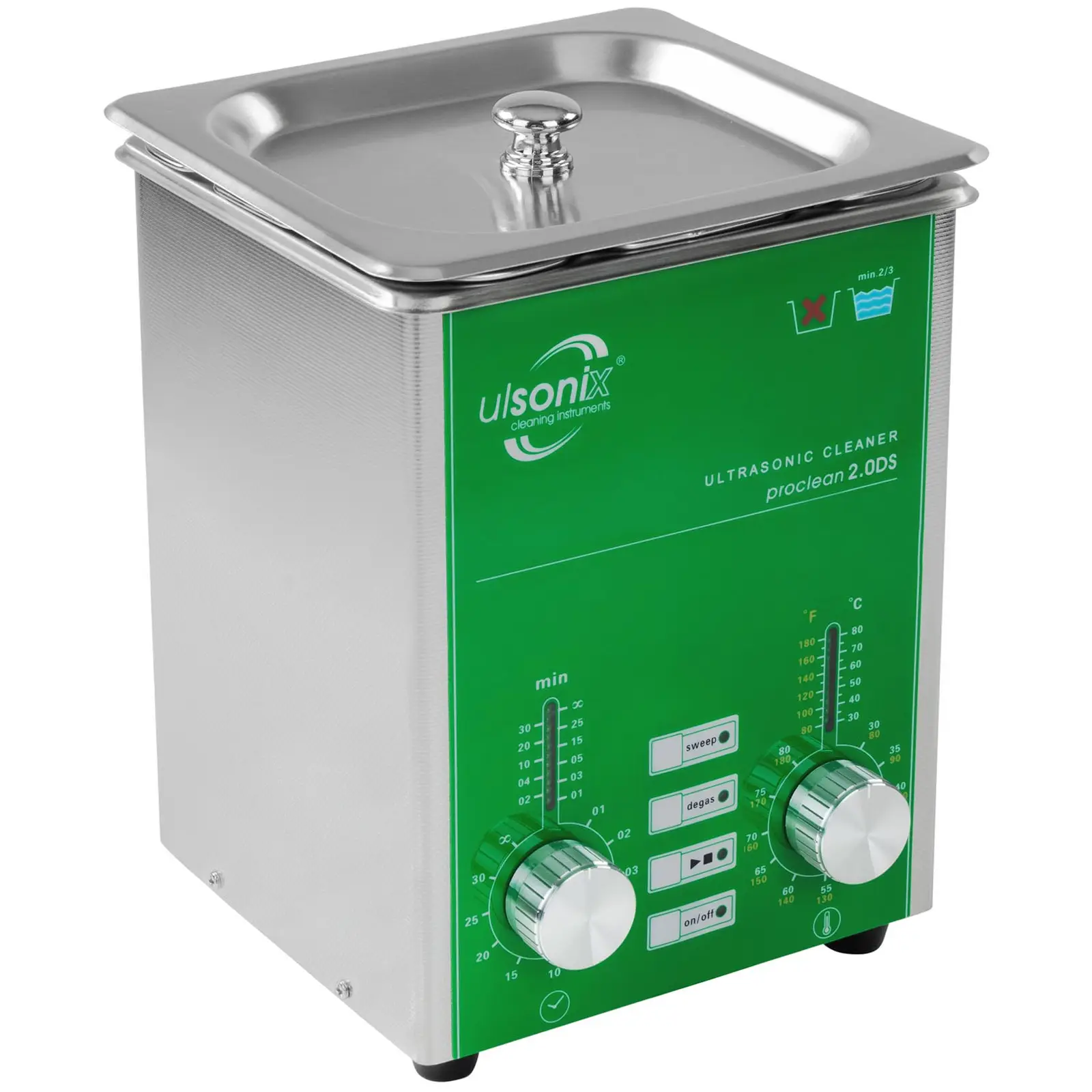
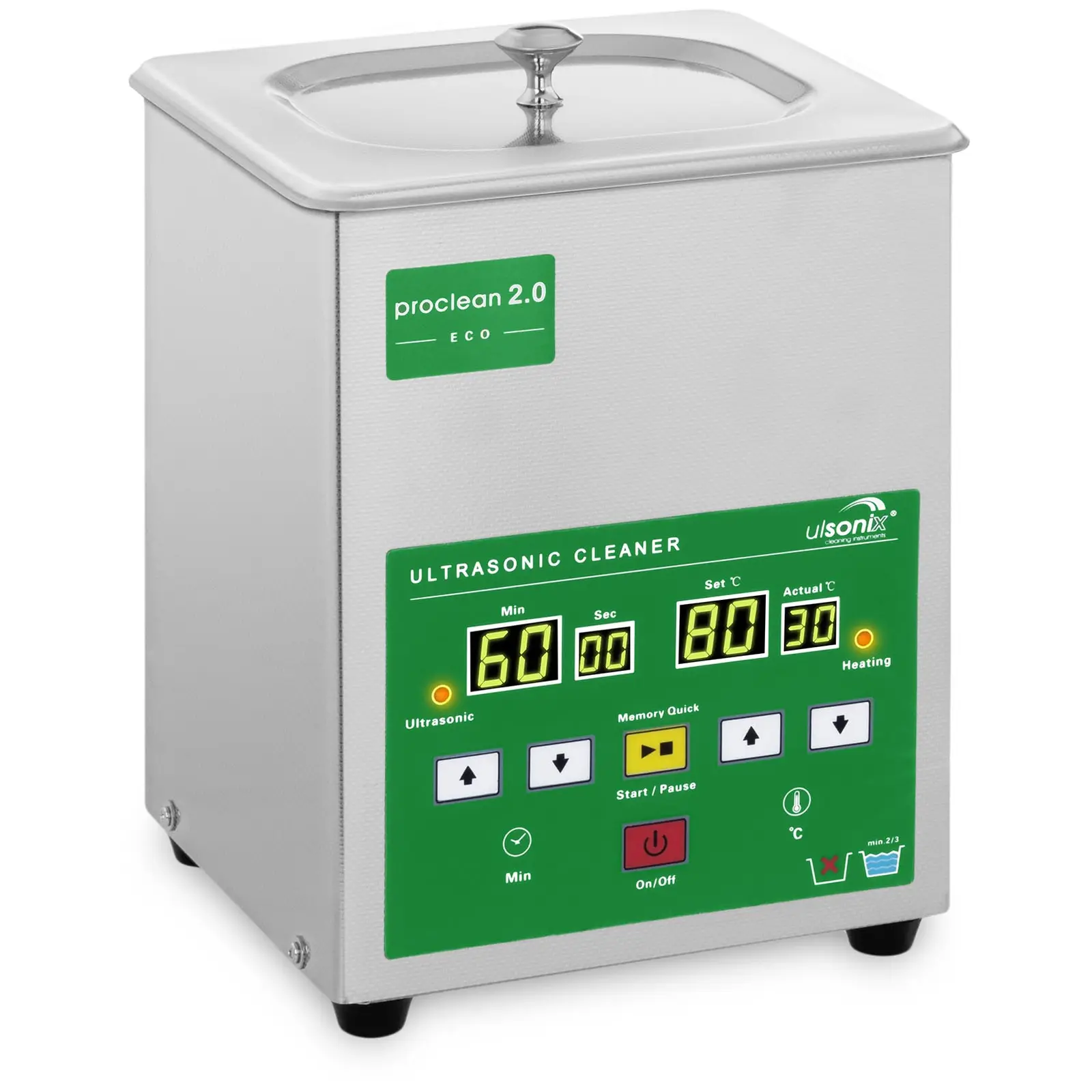
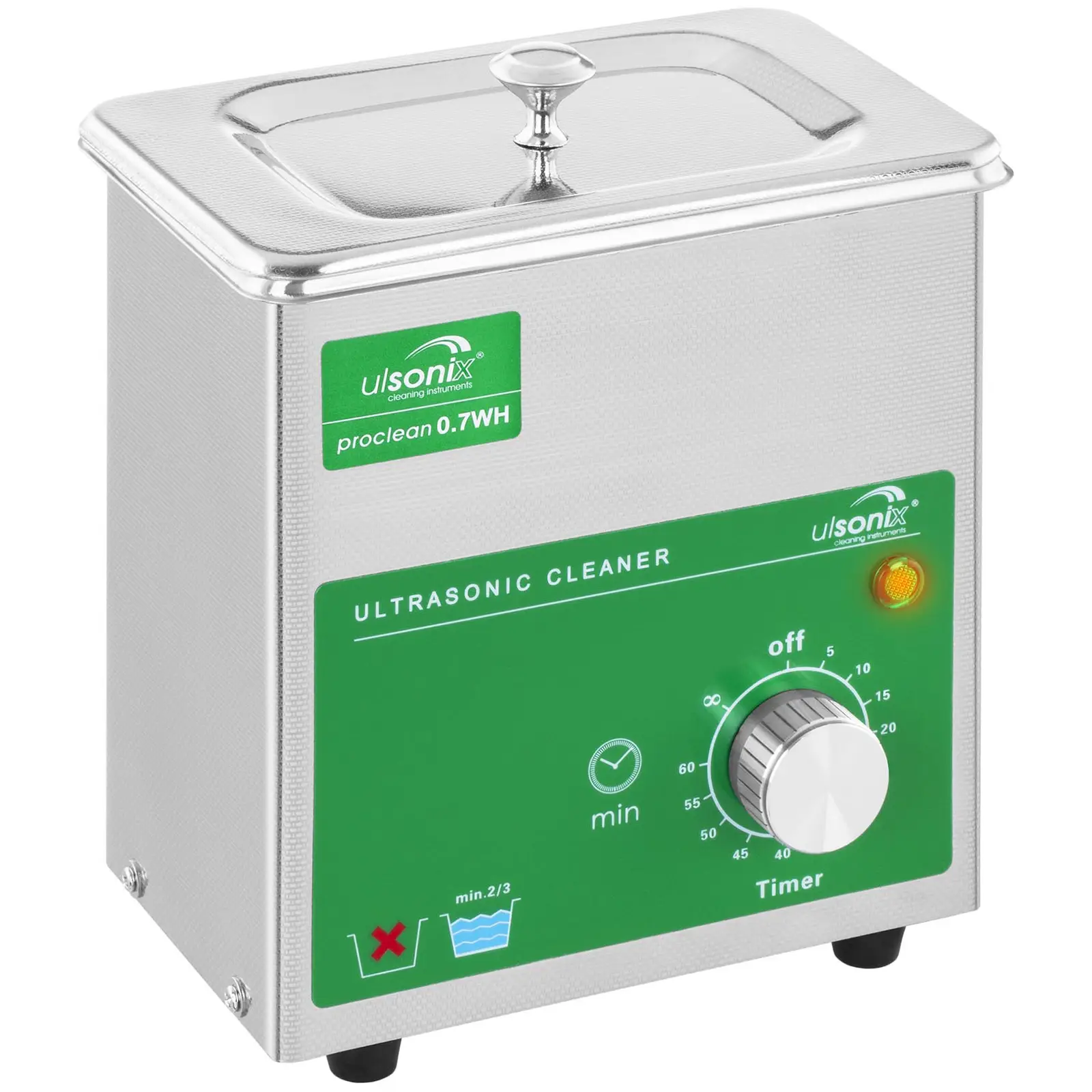
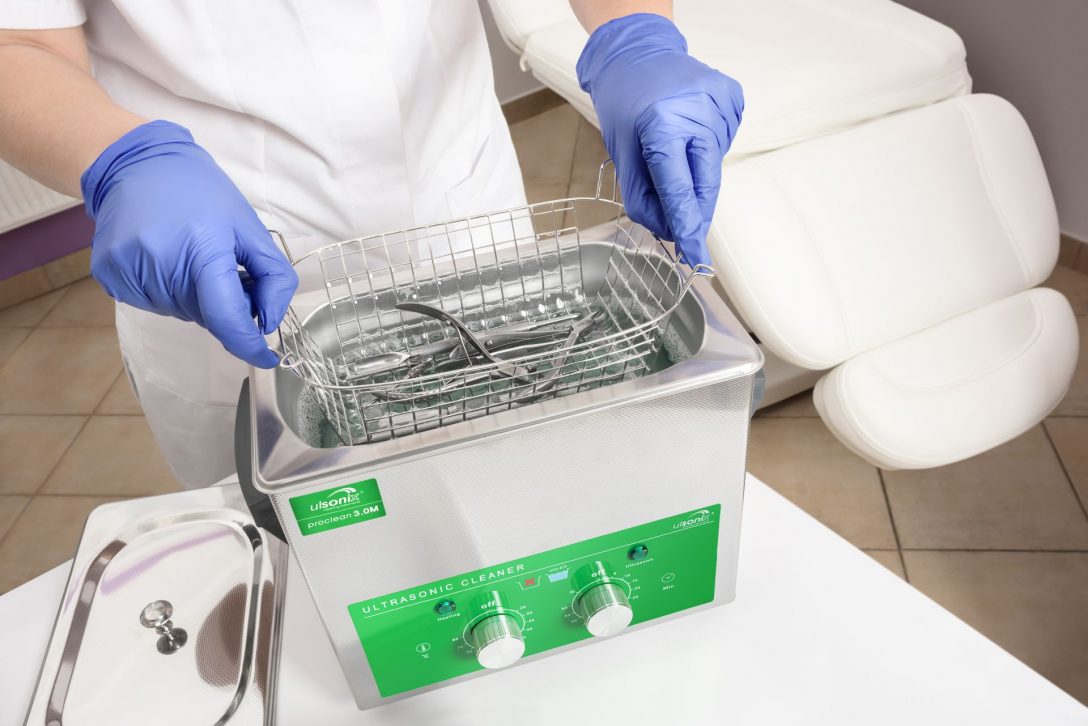
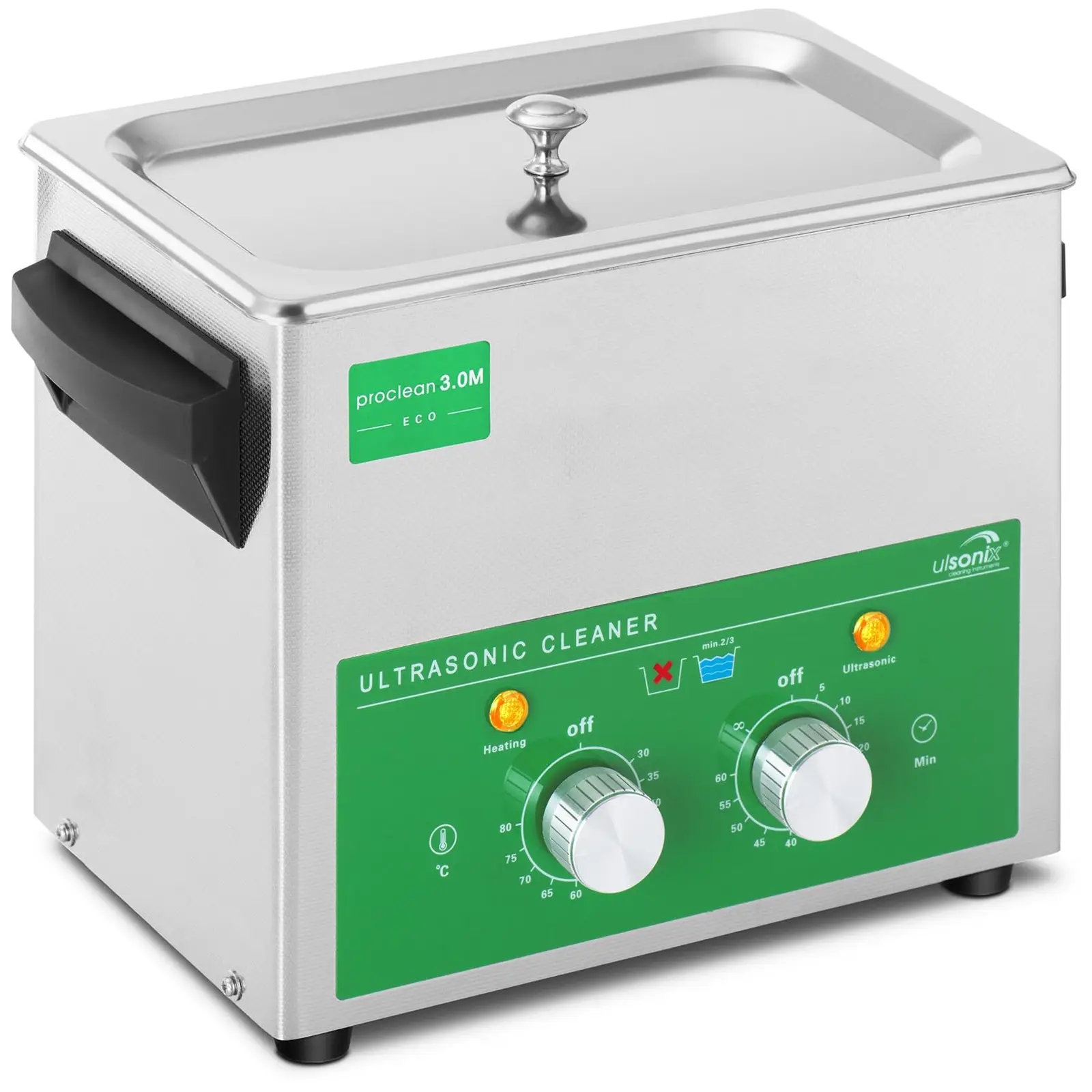
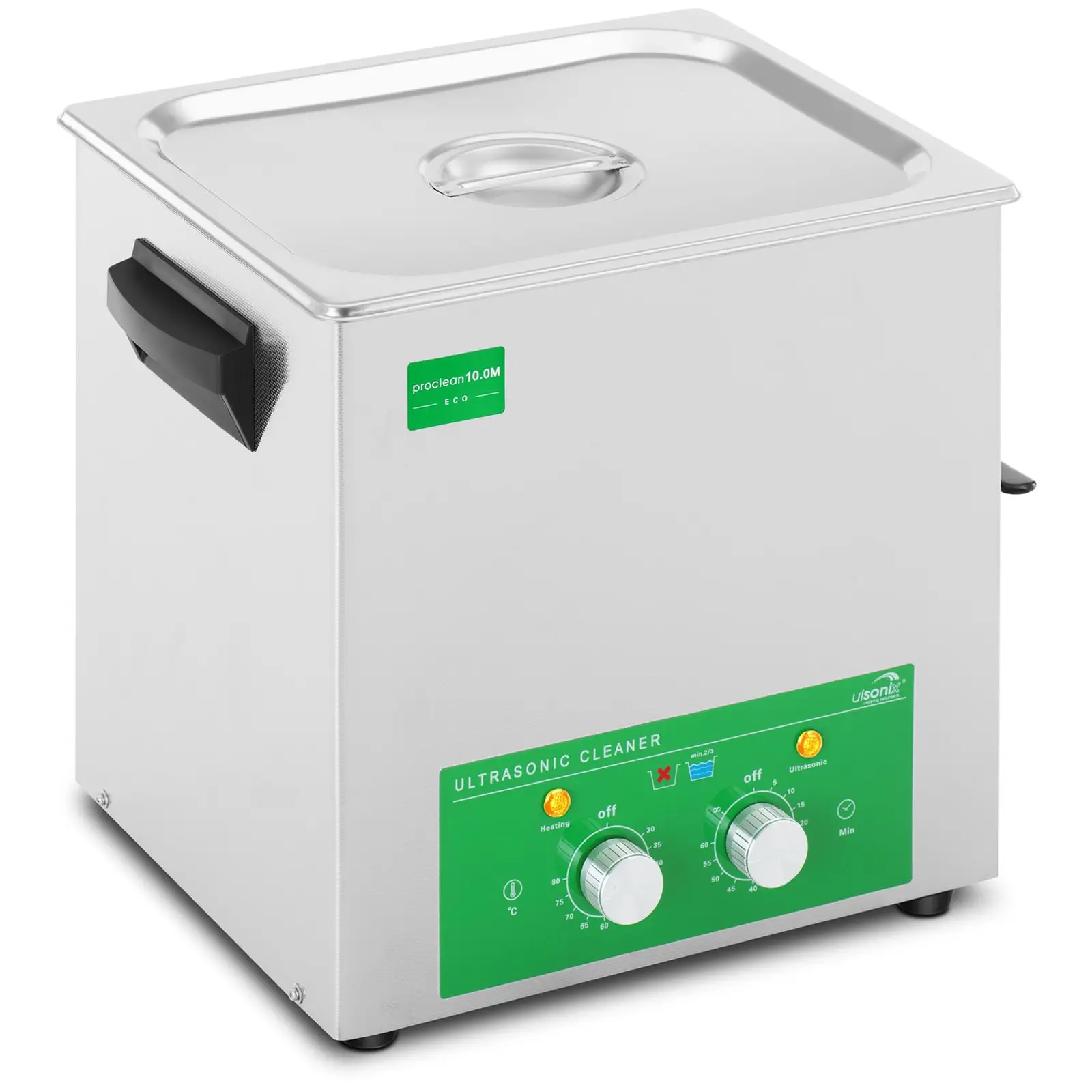
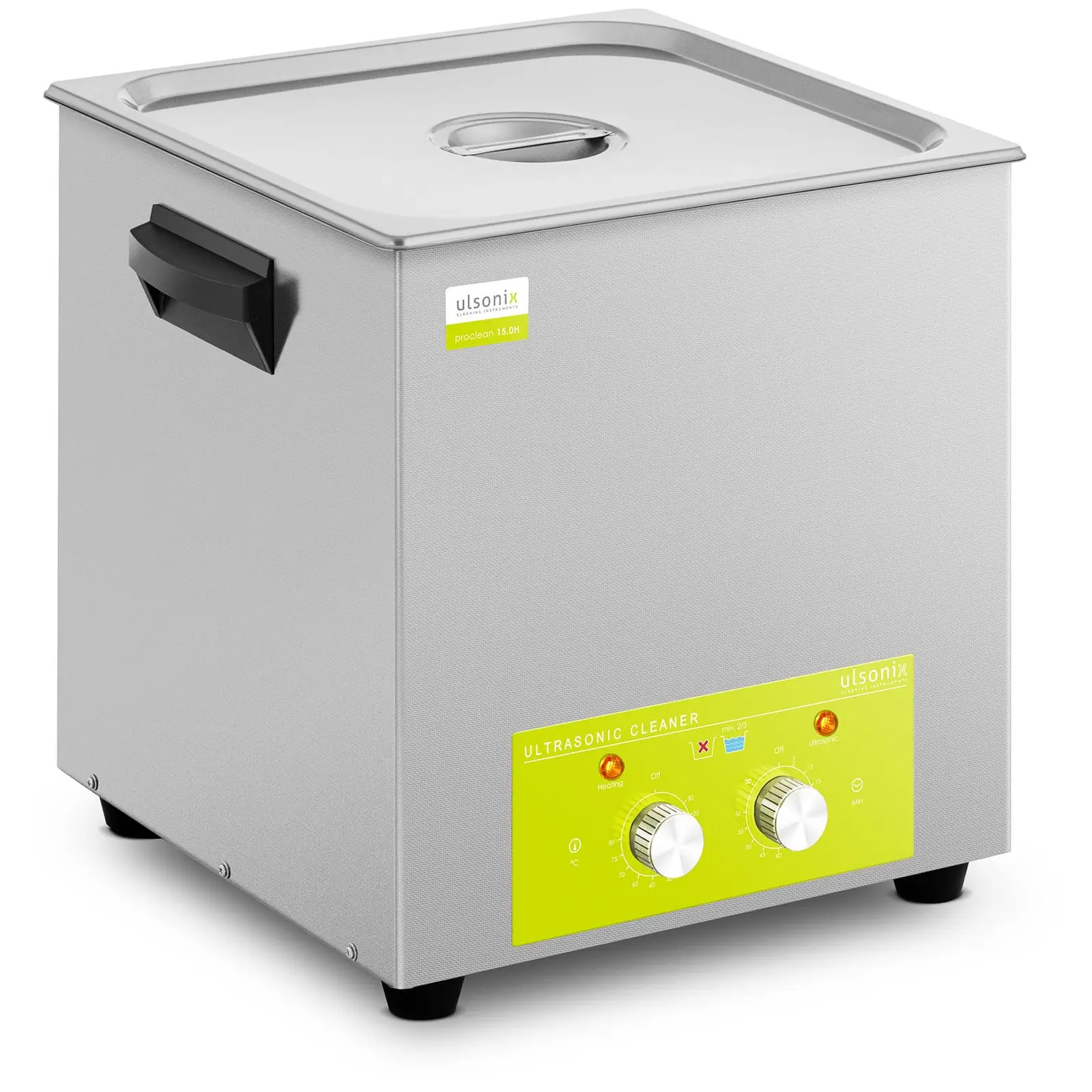
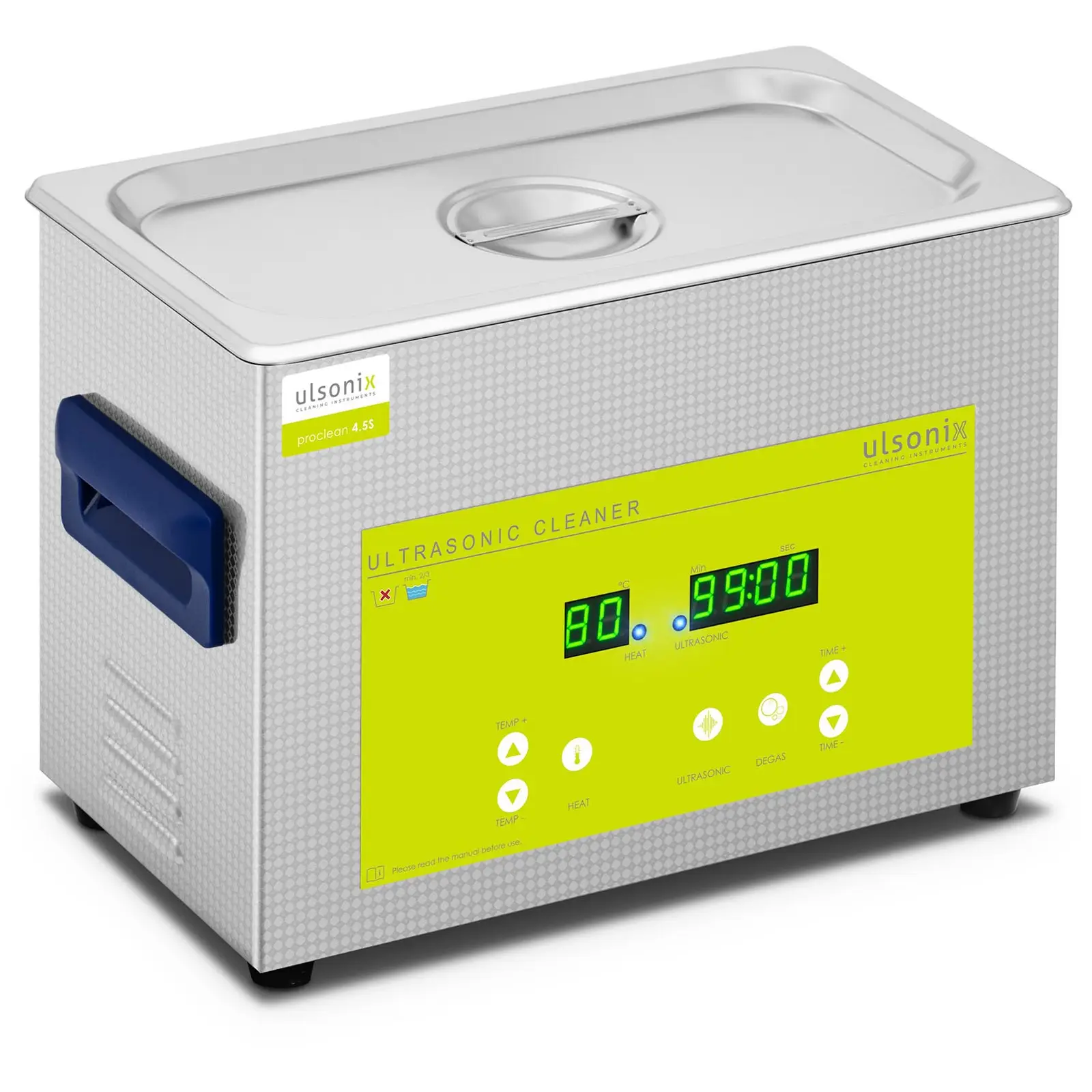
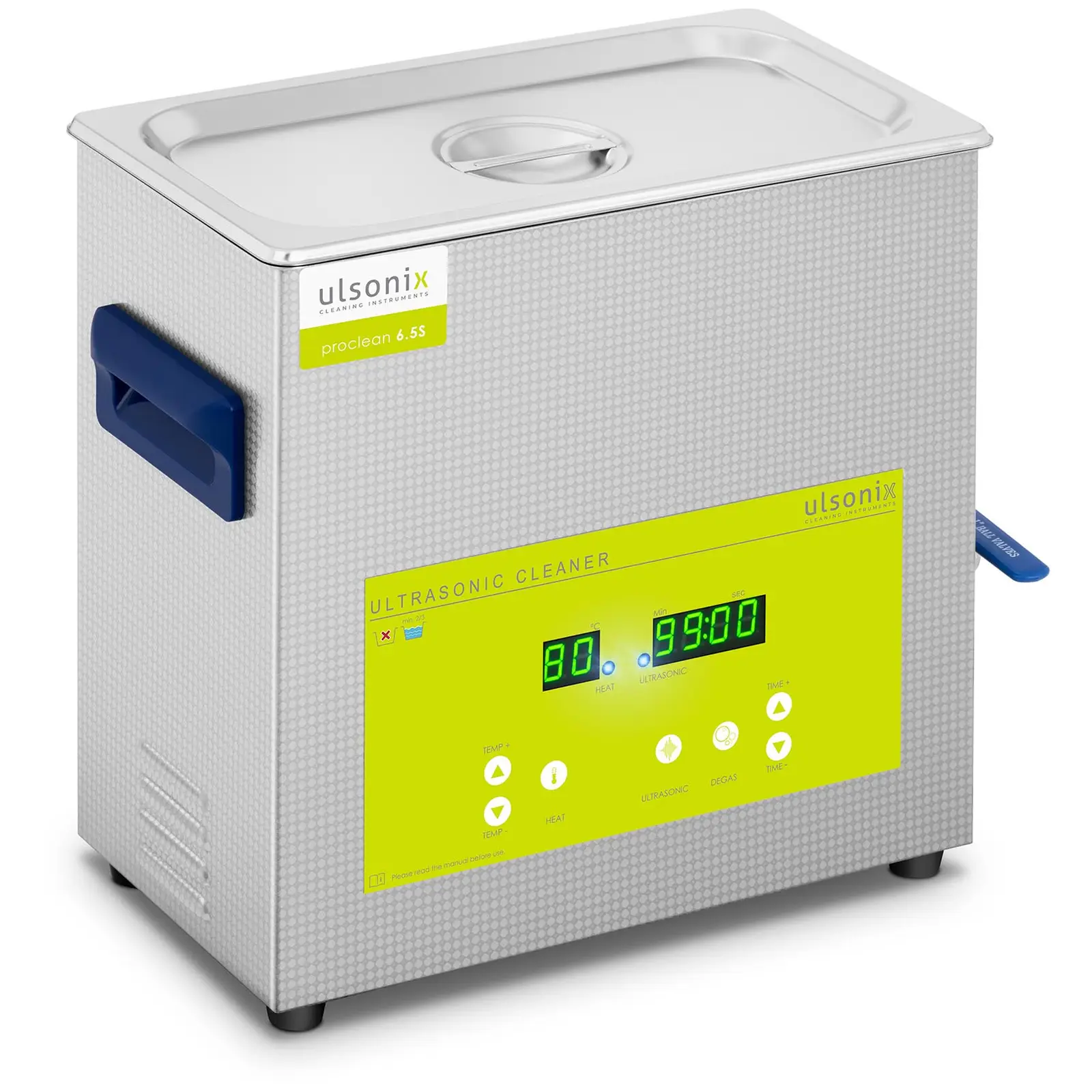
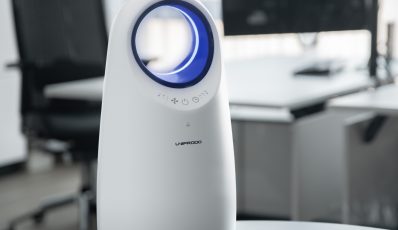


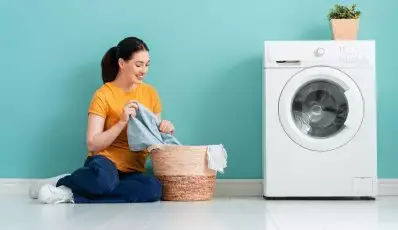

Share